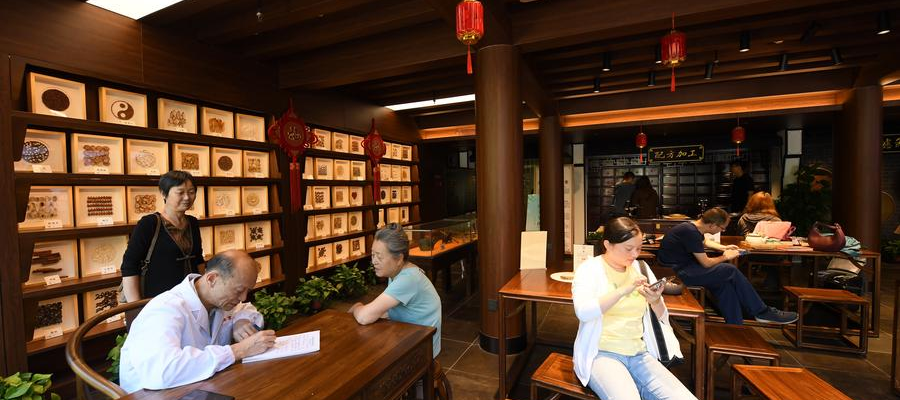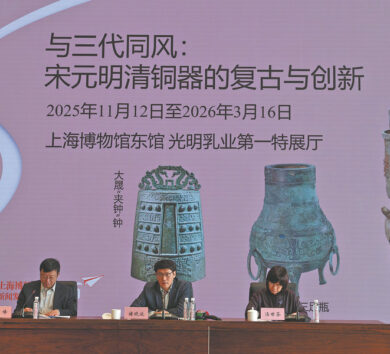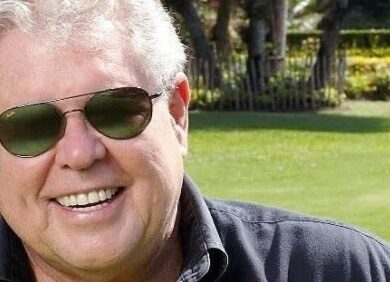

China has established a three-tiered innovative system for traditional Chinese medicine (TCM) covering national, industrial and local levels, showing new progress in the inheritance and innovation of the ancient Chinese treasure.
Yu Yanhong, director of the National Administration of Traditional Chinese Medicine, told a national conference on TCM technology that the administration is responsible for the TCM modernisation national key research and development (R&D) programme with more than 1,200 provincial-level TCM research platforms established nationwide, People’s Daily reported last Friday (January 10).
China has strengthened its efforts on TCM research as seven national key laboratories, five national engineering research centers, and four national medical research, production and education integration innovation platforms are under construction, with 46 TCM inheritance and innovation centers in development, said Yu.
In parallel with technological innovations, research on original TCM theories have deepened, yielding important outcomes, particularly in the areas of cardiovascular, metabolic and digestive diseases.
Since 2023, China has defined 50 disease categories where TCM treatment has advantages, 52 integrated Chinese-Western medical treatment plans and 100 unique medicinal herb varieties.
Researchers also made new discoveries from previous achievements with a total of 324 ancient classic TCM prescriptions released. Since 2021, 43 TCM products have been approved for marketing, including 19 compound formulations based on ancient classic prescriptions, thereby, accelerating the research and development process for new TCM drugs, according to the report.
In addition, China has also made significant advances in the protection and innovative research and development of TCM resources. It has set up 28 seed and seedling breeding bases for medicinal herbs, standardized the cultivation of over 120 commonly used or authentic medicinal materials, and initiated ecological planting for more than 100 types of herbal medicine.







Comments